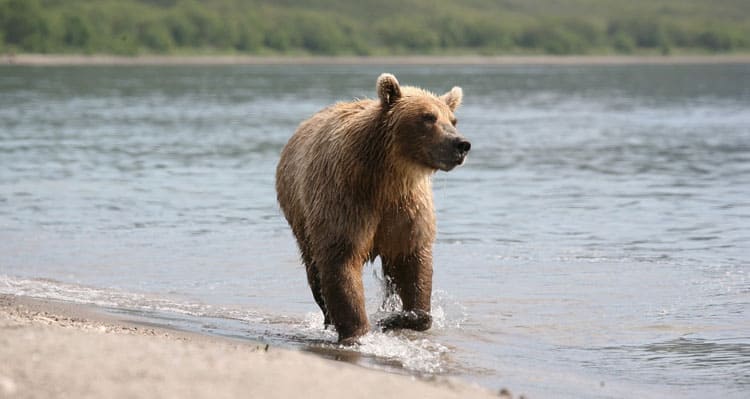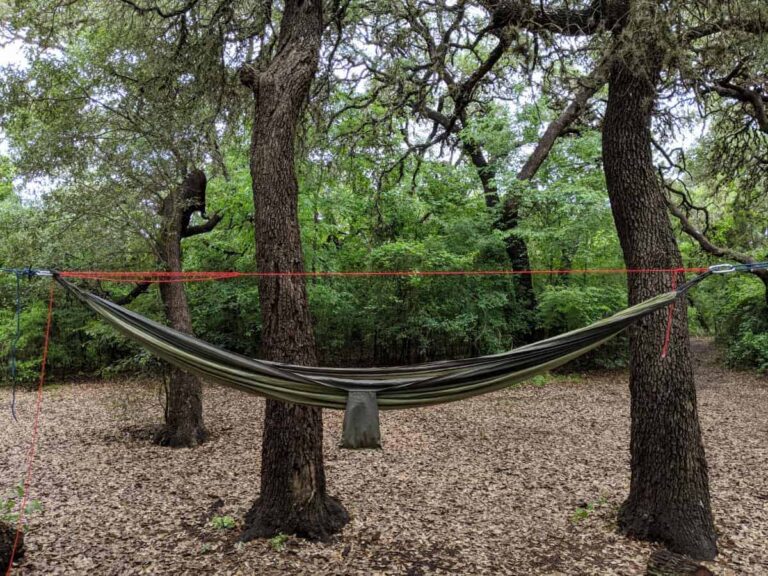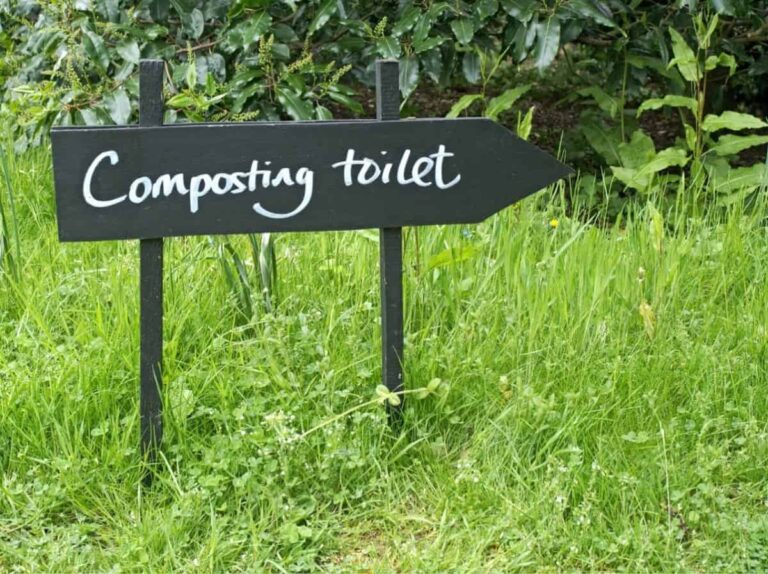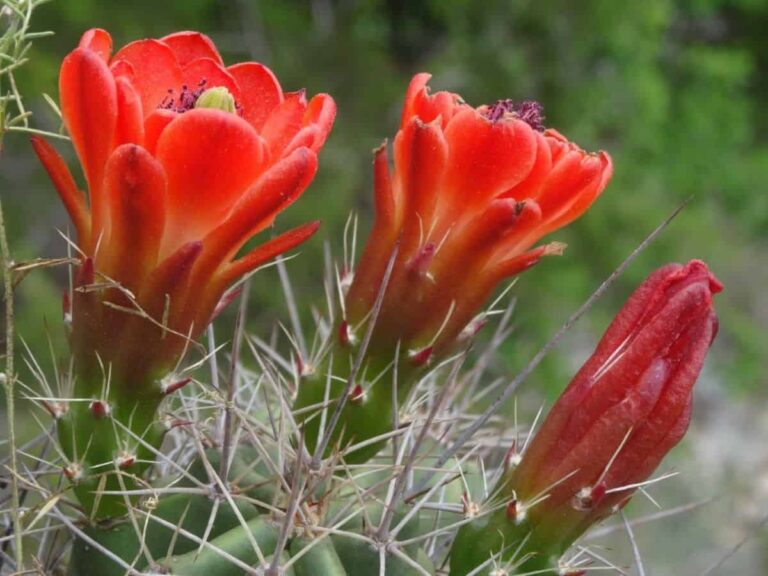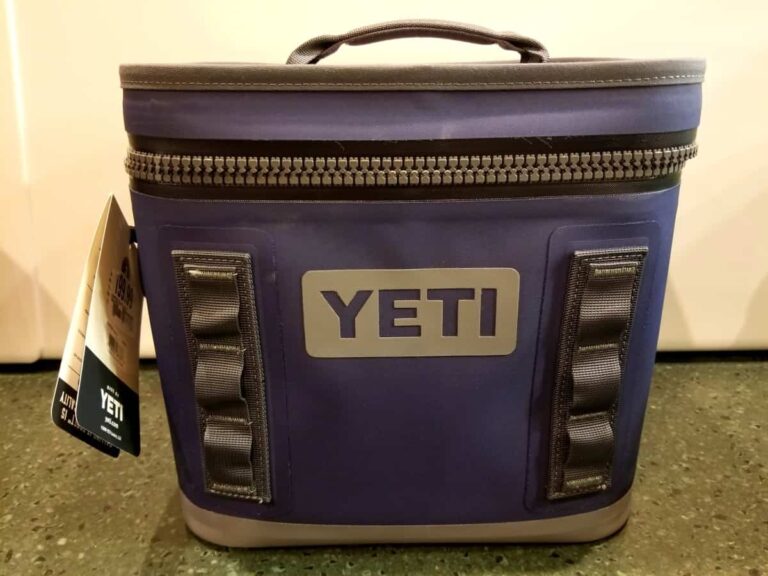What Counts As Winter Camping? Examples From All Over the U.S.
The phrase “winter camping” seems so ambiguous. Does there have to be snow for it to be considered winter camping? When does it actually count?

Winter camping includes any overnight outdoor activity during the coldest three months of the year. For those of us in the U.S., that means December, January and February are considered winter camping.
Notice there doesn’t have to be snow for it to be considered winter camping. That opens up a lot of possibilities! Let’s talk about what winter camping is like all over the U.S.
What Is Considered Winter Camping?
Where you are in the U.S. will strongly dictate your winter camping experience. That being said, you don’t have to face freezing cold temperatures or many feet of snow to experience winter camping. Southern states with milder temperatures offer a great winter camping experience.
Winter camping can be achieved just as effectively on the beach as up in the mountains!
Furthermore, winter camping is not exclusive to a chilly tent with a fire to keep it warm. Winter camping can be done in an RV or even a cabin–it’s all about which experience you’re going for. If you want to get closer to nature and experience the outdoors, there are many paths to get there.
So, to summarize, you can consider winter camping:
- If you’re camping in the snow
- If you’re camping from late November to February in the “winter months”
In some regions, camping in the snow can be done all the way through April or May! “Winter Camping” is a different skillset compared to plain ol’ camping and it belongs in a separate category.
Camping in South Texas during the “winter months” is a completely different experience. It’s very unlikely you’ll see snow but it’s not uncommon for the temperature to get to around 32 degrees Fahrenheit. This is still considered winter camping. Even if you’re not in snow, it’s a different skillset and preparation mindset.
Benefits Of Winter Camping
If you’re one of those people wondering why someone would choose winter camping in the first place, there are a lot of benefits. You’ll encounter far fewer bugs, and you’ll be a bit safer from bears if you’re not around during hyperphlagia (NPS).
Winter camping is great if you enjoy winter sports like skiing, sledding or ice skating. And, during winter you can enjoy less crowded national parks, as they typically see the largest numbers in the summer months.
If you winter camp in the northern states, you can expect to see beautiful, quiet, peaceful snow to really experience the appeal of the season. Though winter camping in the south sometimes won’t get you snow, you’ll still experience gorgeous weather.
I’ll leave it to Wikipedia to summarize the climate of the U.S. during the winter:
In winter, average daily high temperatures range from the 40 °F (4 °C)s (upper South: northern Arkansas, Kentucky and Virginia), to the 60 °F (16 °C)s along the Gulf Coast and South Atlantic coast (Charleston southward), with 70 °F (21 °C)s in central Florida and far southern Texas. Average daily lows in winter range from 20 °F (−7 °C)s north to 40 °F (4 °C)s along the Gulf and far South Atlantic coasts, with 50 °F (10 °C)s in Florida and coastal south Texas.
Wikipedia
Deciding where and how to camp in the winter will be dictated by personal preference. Ask yourself how cold you’re comfortable with. If you feel prepared to face freezing temperatures, and have the right gear, then a trip up north to the mountains or forest is ideal for you.
If you want to experience cold temperatures but aren’t prepared to sleep out in the snow, renting an RV or cabin in the north is for you. If you’re comfortable with the tent and not the cold, a nice beach camping excursion is up your alley. (see our article about camping on the beach during winter, here)
Read on to discover all the different types of winter camping and decide which type is best for you!
Examples of Winter Camping
Let’s dive into more detail on what different winter camping scenarios would be like
Winter Camping In The Forest
The forest is a great place to set up camp for the night. (Check out our checklist before you hit the road to ensure you have all you need.)
Congaree National Park in South Carolina boasts a forest famous for the largest expanse of old growth bottomland hardwood forest in the U.S. During the winter months you’ll experience highs in the 50s (°F) and lows in the 30s (°F). Though sleeping outdoors in those temps is undoubtedly chilly, you can do it comfortably (without needing your own yak suit). Read how to in our article, here. Snow isn’t typical (source).
Another option is Cibola National Forest which covers more than 1.6 million acres in New Mexico, Texas and Oklahoma. Elevations range from 2,700 feet to over 11,300 feet, making it ideal for hiking and climbing. This park gets pretty cold with highs in the 40s (°F) and lows in the 20s (°F) during winter. You can expect snow here during the winter.
Sierra National Forest in California is another option with highs in the 50s (°F) and lows in the 30s (°F). The Sierra Nevada range features prominent sites with incredible views, Yosemite and Sequoia National Parks. You can expect snow at this park.
If you want to face more extreme temperatures than the Salmon–Challis National Forest in Idaho is for you. With winter highs in the 20s (°F) and lows in the 10s (°F). The park is ideal for camping with 87 campsites and a variety of possible activities such as hiking, climbing, fishing and skiing.
Winter Camping In Texas
You don’t need to travel up north to get a good winter camping experience. Southern states like Florida, Georgia and Texas are sometimes best suited for winter camping.
Texas, being the geographically large and varied states that it is, provides a variety of winter camping opportunities. In northern Texas, you’ll typically experience highs in the 50s (°F) and lows in the 20-30s (°F). This region has an average annual snowfall ranging between 15 and 30 inches, with the greatest snowfall amounts occurring in the panhandle. (Wikipedia) So, if looking to see some Texas snow while winter camping, that is your region.
The Trans-Pecos region, or Big Bend Country, is in the west-central and western parts of the state. It mostly consists of the Chihuahuan Desert and a few mountain ranges. Snowfall is rare and the weather is very clear during winter months, though there can be heavy snow near the mountain peaks. If looking for a mountainous camping experience, this area is your best bet.
The Texas Hill Country, or central Texas, is home to many rivers and hills. The winters are mild with occasional cold spells. This is a great location for those who want a bit of a winter camping experience, without too much cold preparation. This is where we live!
In the hill country we will go for weeks in the winter where the temperature doesn’t get below 50 degrees Fahrenheit and then we’ll have a cold snap below 35 degrees F. All in all the weather is pretty mild during the winter.
In the east, you’ll find the Piney Woods region of Texas which has a very mild winter. You can easily winter camp in a tent in this location.
Winter Camping on the Beach
Though we typically associate the beach with tropical temperatures and cold drinks, beaches make for a gorgeous winter camping destination. The U.S. offers over 90,000 miles of coastline. Again, your experience totally depends on where on the coast you decide to camp.
If you want some tips and would like to know whether winter beach camping is worth it, see our article, here.
For the most tropical winter beach camping experience, head to the U.S.’s southernmost point, the Florida Keys, which will average around the 70s (°F). It’s so warm you could even go for a swim and see the tropical fish and other fascinating wildlife. I would suggest skipping the RV for this one and opting for a tent, as it will be a piece of cake to prep for.
Wondering about sleeping arrangements? Check out this article that discusses using blow ups in freezing temperatures.
The northern pacific coast, along the Oregon-California border is a more unique beach experience. These beaches have cold weather and grey skies, but still plenty of beauty. Whale watching is commonplace and tide pools and rock formations provide many sights along the shore.
You’ll want to prepare for cold, snowy weather for this destination. Average winter temperatures range from a high of 30(°F)-55(°F) and a low in the chilly 11(°F) -4 (°F). This type of camping is not for the faint of heart and you should have serious preparation. Princeton has a fantastic resource on winter camping preparation that should prove helpful.
The Louisiana coast is quite comfortable in the winter time, while still keeping that thrilling chill in the air. Highs are typically in the 60s (°F) and lows in the 40s (°F). At Grand Isle State Park you can camp directly on the beach. Between the beach views and hiking trails, it makes for a great destination. The 400-foot-long pier is also great for fishing.
The southern pacific coast is a beautiful destination for winter camping. Temperatures on California’s coast typically range from 60 (°F) on the southern coast to 51 (°F) near the state’s northern end–both very suitable for pitching a tent or sleeping under the stars.
North Carolina’s coast is another popular camping destination. The average winter high temperatures are in the 45°F to 62°F range, while the average low temperatures are between 22 (°F) to 43 (°F). This may not seem like it’s too cold, but remember beaches get windy.
Winter Camping in the RV
Having an RV opens your possibilities up for winter camping, as you don’t have to worry as much about keeping warm in a tent. Here’s a in-depth guide to staying warm in the car, but generally speaking, with electricity and a well insulated space to sleep in, it’s easier to keep warm in the car than in the tent.
If you aren’t using a heating source or electricity, then I’d argue a tent is easier to keep warm in unless you take measures to insulate your car.
So, if you are an RV owner, anywhere in the U.S. is available for winter camping, even up to Alaska. I would encourage you to hit the pavement and go as up north as possible, like to the mountains of Colorado or even venturing into Canada, the Great White North.
Don’t let the cold keep you away from the outdoors. Nearly every destination is suitable for winter camping. With a bit of planning and preparation, winter camping is possible wherever you wish to go.
